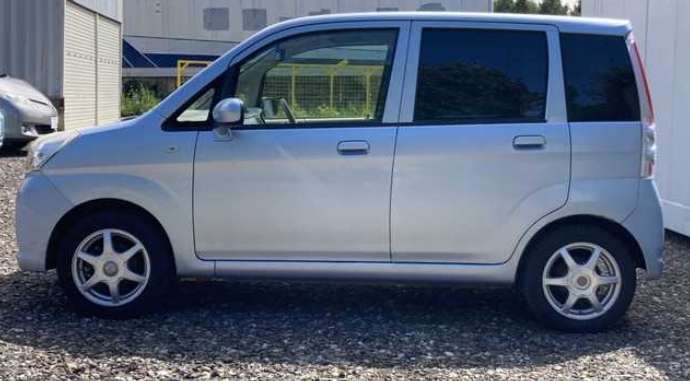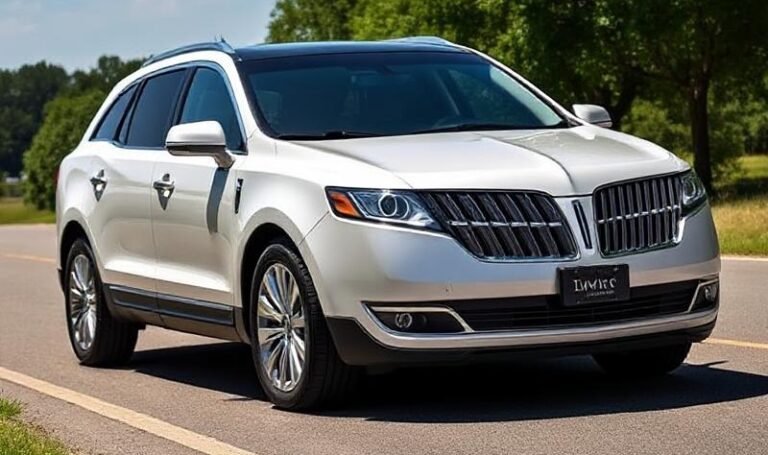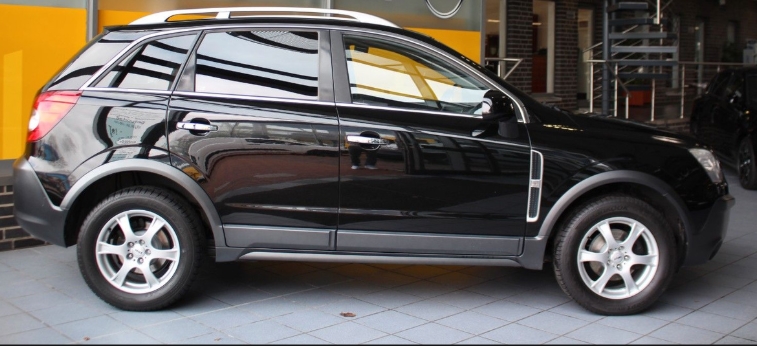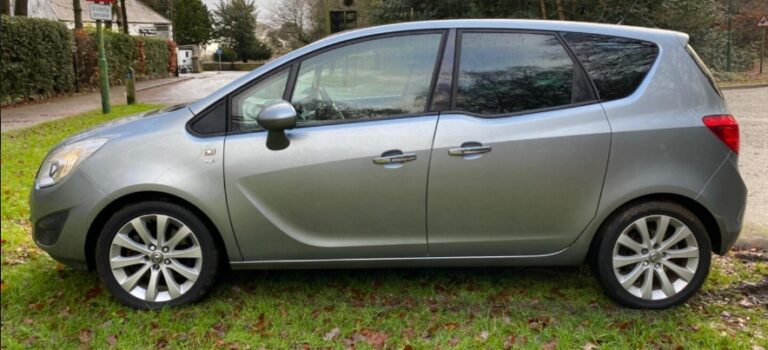The Subaru Stella Evolution: From Supercharged Original to Rebadged Survivor
In the vast and varied world of automotive history, few segments are as uniquely fascinating as Japan’s kei car class. These miniature vehicles, governed by strict regulations on size and engine displacement, are marvels of packaging and efficiency. For decades, Subaru was a fierce and innovative competitor in this arena, producing legendary models like the 360, Sambar, and Vivio. The Subaru Stella, first introduced in 2006, represents the final chapter of Subaru’s independent kei car development and its subsequent transformation into a strategic partnership, telling a story not just of a single model, but of a shifting automotive landscape.
The Genesis: A Need for a Mainstream Successor
By the mid-2000s, Subaru’s kei car lineup was aging. The quirky, retro-styled R1 and its more practical five-door sibling, the R2, were critically well-regarded for their engineering but struggled to capture the mass-market appeal of rivals like the Daihatsu Move and Suzuki Wagon R. The market demanded a car with a more conventional “tall wagon” body style, maximizing interior space within the tight kei car dimensional constraints.
Subaru’s answer was the Stella. Instead of designing a new platform from scratch, they wisely re-engineered the existing R2 platform. They stretched the wheelbase, raised the roofline significantly, and adopted a more traditional two-box design. The result was a vehicle that retained Subaru’s engineering DNA while finally offering the practicality and interior volume that buyers craved. This set the stage for the first, and arguably most authentic, generation of the Subaru Stella.
First Generation (RN1/RN2): The Last of the True Subaru Keis (2006–2011)
Launched in June 2006, the first-generation Stella was a pure Subaru product through and through. It was instantly recognizable by its distinct engineering, which set it apart from its three-cylinder competitors.
Platform and Powertrain: The RN-chassis Stella was built on a modified version of the R2 platform, featuring a four-wheel independent suspension system—a rarity in the cost-conscious kei class that provided superior ride comfort and handling. The true heart of this generation, however, was its engine: the 658cc EN07 inline-four cylinder engine. This sophisticated powerplant was available in two main configurations:
Naturally Aspirated (NA): A DOHC version producing around 54 horsepower, offering smooth and quiet operation.
Supercharged: A DOHC intercooled supercharged version, rocketing output to the kei car maximum of 64 horsepower (63 bhp). This engine gave the Stella a punchy, responsive character reminiscent of Subaru’s larger performance models.
Transmission options included a 5-speed manual for purists and an i-CVT (Intelligent Continuously Variable Transmission), which was becoming the standard for the class. As with most Subaru models, the Stella was offered in both front-wheel drive (chassis code RN1) and all-wheel drive (RN2) configurations.
Models and Trim Levels:
The first-generation Stella offered a wide and sometimes complex array of trims, catering to different tastes and budgets.
Stella (Standard Models): These were the core of the lineup.
L: The base model, offering essential features.
LX: A step up from the L, adding more convenience features like power windows and better interior trim. An “L Special” trim was often offered as a promotional model with added value.
Stella Custom: This was the sport-oriented line, featuring a more aggressive front fascia with a different grille, bumpers, and often clear taillight lenses.
Custom R: Equipped with the naturally aspirated engine but packaged with the sporty body kit, alloy wheels, and a more premium interior.
Custom RS (R Supercharger): The flagship performance model. It combined the aggressive Custom styling with the potent 64-hp supercharged inline-four engine, creating a true “pocket rocket.” This was the enthusiast’s choice and the most desirable model of the generation.
Stella Revesta: Introduced shortly after launch, the Revesta was a style-focused variant. It featured a large, chrome-plated grille, unique front bumper, and more elegant interior appointments, targeting a buyer who wanted a touch of classic luxury and distinction. It was available with the naturally aspirated engine only.
The first-generation Stella was a critical success, lauded for its refined ride, high-quality build, and the thrilling performance of the supercharged RS model. It was the last passenger kei car to be fully developed and manufactured by Subaru, marking the end of a proud era.
Second Generation (LA100F/LA110F): A New Partnership, A New Identity (2011–2014)
In 2008, Toyota increased its stake in Fuji Heavy Industries (Subaru’s parent company). A major outcome of this strengthened alliance was a strategic decision for Subaru to cease in-house development of kei cars and instead focus its R&D resources on its globally successful core models like the Impreza, Forester, and Outback.
For its kei car line, Subaru entered into an OEM (Original Equipment Manufacturer) agreement with Daihatsu, a Toyota subsidiary and a dominant force in the kei market. The first product of this new reality was the second-generation Subaru Stella, launched in May 2011.
This new Stella was a rebadged version of the fifth-generation Daihatsu Move. The “F” in the new chassis codes (LA100F for FWD, LA110F for AWD) denoted its Subaru branding.
Platform and Powertrain: The Subaru-specific engineering was gone. The sophisticated inline-four and independent rear suspension were replaced with Daihatsu’s more conventional and cost-effective architecture.
Engine: The EN07 was retired in favor of Daihatsu’s KF-series 658cc three-cylinder engine.
Naturally Aspirated (KF-VE): Producing around 52 horsepower.
Turbocharged (KF-DET): Replacing the supercharger, this intercooled turbo engine also produced the class-maximum 64 horsepower.
Transmission: The 5-speed manual option was dropped entirely. All models now came exclusively with a CVT.
While technically more modern and fuel-efficient, this generation lost the unique mechanical character of its predecessor. The driving experience was now identical to its Daihatsu counterpart, with the primary differences being the Subaru badges, a slightly revised grille design, and brand-specific color options.
Models and Trim Levels:
Subaru simplified the trim structure, while retaining the familiar naming convention to provide continuity for customers.
Stella (Standard Models):
L: The entry-level trim.
LS: A better-equipped version with more standard features.
Stella Custom: The sportier line continued, mirroring the Daihatsu Move Custom.
Custom R: Featured the sporty appearance package with the naturally aspirated three-cylinder engine.
Custom RS: The new flagship, combining the Custom’s aggressive styling with the 64-hp turbocharged engine.
This generation marked a fundamental shift for the Stella nameplate. It was no longer a unique Subaru product but a practical, well-built, and efficient kei car that allowed Subaru to maintain a presence in the segment without the high cost of development.
Third Generation (LA150F/LA160F): Modernization and Safety (2014–Present)
In December 2014, following the release of the sixth-generation Daihatsu Move, Subaru launched the third-generation Stella. Based on this new Move, the LA150F (FWD) and LA160F (AWD) generation represented a major leap forward in technology, safety, and efficiency.
Platform and Powertrain: This generation was built on Daihatsu’s updated platform, which featured a stiffer, lighter body structure for improved safety and handling. The powertrain was an evolution of the previous KF-series three-cylinder engine, now with enhanced fuel-saving technologies.
Engine: The 658cc KF DOHC three-cylinder was carried over but refined for better thermal efficiency and lower friction. Both naturally aspirated and turbocharged versions were offered, with the latter continuing to produce 64 horsepower.
Transmission: A CVT remained the sole transmission choice.
The most significant advancement for this generation was the introduction of Daihatsu’s “Smart Assist” suite of active safety technologies. Early models featured basic collision warning and automated emergency braking, but as the model was updated throughout its long production run, this system evolved. Later versions (Smart Assist II and III) added features like lane departure warning, false start suppression, and pedestrian detection, making the Stella one of the safest and most technologically advanced cars in its class.
Models and Trim Levels:
The trim structure was once again revised to reflect the new features and market positioning.
Stella (Standard Models):
L: The base model, often with Smart Assist as an optional extra.
G: A higher-spec model that typically included Smart Assist as standard, along with more premium interior features and alloy wheels.
Stella Custom: The sporty line continued its role as the premium offering.
Custom R: Paired the sporty body kit with the naturally aspirated engine, but usually came loaded with convenience and safety features.
Custom RS: Remained the top-of-the-line model, featuring the turbocharged engine, exclusive 15-inch alloy wheels, and the full suite of Smart Assist technologies as standard.
This third generation has had an exceptionally long life cycle, receiving several facelifts and technological updates to keep it competitive. It perfectly embodies the modern kei car: a compact, incredibly efficient, and surprisingly high-tech vehicle designed for the realities of urban Japanese life.
.
RepairSurge Online Repair Manuals Replace Bulky Books With Reliable Digital Information!
Faster And Cheaper Than Traditional Printed Manuals, Users Get Instant Access To The Repair Information They Need For Any Car, Truck, Van or SUV:
.
Conclusion: A Legacy of Two Halves
The evolution of the Subaru Stella is a tale of two distinct eras. The first generation (2006-2011) was a final, proud display of Subaru’s unique kei car engineering—a vehicle with a four-cylinder engine, independent suspension, and a feisty supercharged variant that embodied the brand’s performance spirit in a miniature package.
From 2011 onwards, the Stella transformed into a product of pragmatic corporate strategy. As a rebadged Daihatsu Move, it lost its mechanical uniqueness but gained the efficiency, technology, and production scale of one of the world’s leading small-car manufacturers. It allowed the Subaru star cluster emblem to remain in a vital domestic market segment, serving loyal customers even after the company’s own production lines had shifted focus.
Today, the Stella stands as a survivor, a symbol of Subaru’s past and its present. It is a reminder of the brand’s innovative engineering history and a testament to its ability to adapt and thrive through strategic partnerships in an ever-changing global industry.







